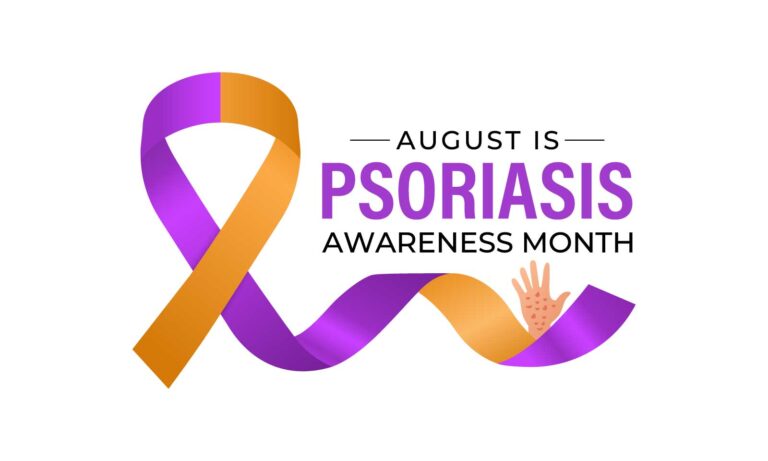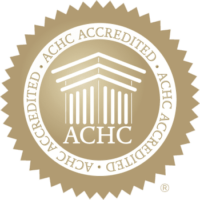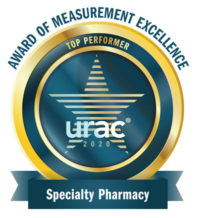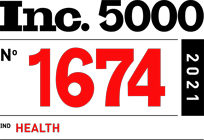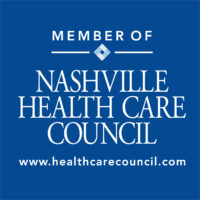
Perhaps you saw Hulu’s limited series Dopesick, starring Michael Keaton. It’s based partly on material by journalist Beth Macy, who has written extensively about the opioid crisis in Appalachia. But the opioid crisis is not the stuff of TV series and is certainly not contained to Appalachia… it is nationwide.
The synthetic opioid fentanyl, used initially for anesthesia, is now being used by illegal drug manufacturers to make more money at the expense of human life. As it is 50 to 100 times more potent than heroin or morphine, just a few milligrams of fentanyl, which, for comparison, is approximately the size of Lincoln’s ear on a penny, can be lethal.[1] Because fentanyl is highly addictive, dealers use it to improve their bottom line. According to a report from the Office of National Drug Control Policy, evidence suggests that fentanyl is being pressed into pills that resemble Oxycontin, Xanax, Hydrocodone, and other sought-after branded medications, while also being cut into heroin and other street drugs. There are indications that drug trafficking organizations are explicitly targeting kids and teens by creating counterfeit pills—often sold online—in various shapes and bright colors to appeal to that age group.[2]
Fentanyl is making its way to the U.S. from China via Mexico. Most fentanyl seized is coming into the country via legitimate ports of entry, smuggled in vehicle tires, gas tanks, machinery, vegetables, and even coconuts. The World Trade Bridge Port of Entry in Texas sees 10,000 trucks daily. Securing our border and introducing more sophisticated screening technology and more significant penalties for traffickers is not a political statement; it is life and death for young Americans.
Sixty-one percent of overdose-related Emergency Room visits in 2022 involved non-heroin opioids, followed by heroin (32%) and stimulants (7%). This finding indicated a continued shift away from heroin and toward synthetic opioids and stimulants in Nashville alone.[3] Seventy-nine percent of overdose-related toxicology reports in 2022 detected fentanyl as the main driver in Nashville’s 20% increased drug overdose deaths.[4] Tennessee ranks number five in the country for overdose deaths [5]
What can we do to attack this problem? First, if a fentanyl overdose is suspected, Narcan, an opioid overdose reversal medication (either nasal spray or an injector), must be administered. Anyone can carry it without a prescription at pharmacies, including those prescribed an opioid or those who suspect a friend or family member is using illegal fentanyl. Many insurances, including TennCare, cover naloxone at a minimal cost. Lethal doses of fentanyl require more than one to two doses of naloxone, making it crucial that a suspected fentanyl OD is reported when calling 911.
Second, at-home fentanyl test strips work similarly to an at-home COVID test, with simple instructions. Mix the drug with water and dip the strip in the solution for 15 seconds. If lines appear, the drug contains fentanyl. Far from encouraging fentanyl use, such tests can save lives, especially when an illegally purchased medication such as Xanax or Adderall may be laced with fentanyl. The Tennessee Department of Mental Health and Substance Abuse Services distributes opioid overdose reversal kits containing these tests and more to individuals and nonprofits needing such tools.
A single-prong approach will not eliminate fentanyl smuggling, sales, addiction, and overdoses. But by working in tandem, these approaches can stop the flow, prevent addiction, and stop the deaths—and make the fentanyl crisis a thing of TV fiction.
[1] https://www.dea.gov/galleries/drug-images/fentanyl
[2] https://www.dea.gov/sites/default/files/2021-05/Counterfeit%20Pills%20fact%20SHEET-5-13-21-FINAL.pdf
[3] https://www.nashville.gov/sites/default/files/2022-04/Overdose_Response_Update_2022Q1.pdf?ct=1650034821
[4] https://www.nashville.gov/sites/default/files/2022-04/Overdose_Response_Update_2022Q1.pdf?ct=1650034821
[5] https://www.cdc.gov/nchs/pressroom/sosmap/drug_poisoning_mortality/drug_poisoning.htm




